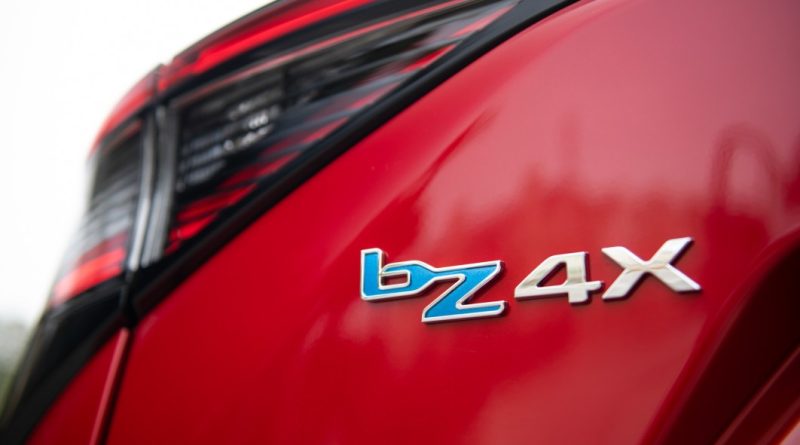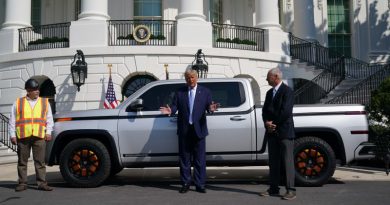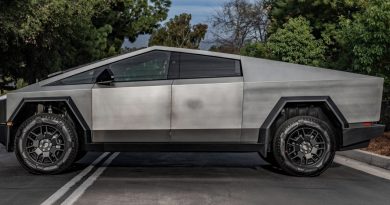Automakers still lose money on every EV they sell, report says
Changes to the federal EV tax credit rules have made it easier to get a discount on a new vehicle, but automakers aren’t basking in the glow of increased profitability. In fact, a recent Boston Consulting Group (BCG) study found the opposite: Companies lose money on every EV they sell, and increasing profits will take a concerted effort from multiple angles.
BCG found that automakers lose an average of $6,000 on every EV they sell for $50,000 after tax credits. (Though GM’s Mary Barra has predicted profitability for at least some of the automaker’s EVs by later this year, and Ford has predicted a new line of affordable EVs will achieve profits.)
The firm’s research also suggests that the companies will only be able to make up for half of that number on their own through streamlining technologies and increased scale. And, while lawmakers may impose tariffs, it’s only a matter of time before U.S. car buyers can access affordable Chinese EVs made in Mexico.
One of the study’s authors, Andrew Loh, told Autoblog that the study looked mostly at mass-market EVs. Their calculations looked at engineering and production expenses, labor costs, finding that the smaller production numbers mean that the expenses are amortized over fewer vehicles, driving down profitability.
Automakers will need help from the government to close the rest of that profit gap. BCG noted that incentivizing companies to improve EV range and efficiency along with other public support could be a way for them to overcome some of the financial challenges. And, while the demand for fast chargers may decrease as EV range numbers grow, the study suggests that it will be challenging for companies to expand their charging networks profitably.
BCG sees more uncertainty going forward, pointing to concerns about range, resale values, and battery degradation as hurdles automakers will have to overcome. There’s also the question of general demand, as the study found that today’s EV technology and pricing are only good enough to meet the wants and needs of 12% of potential buyers. Those wants and needs include: 20-minute charging times; 30-minute detour and wait times for fast-charging stations; a 350-mile driving range; and a price of $50,000. They’ll also need to offer greater vehicle variety.
BCG’s most optimistic analysis suggests that next-generation vehicles would only grow that to 30% of buyers, with demand of around 4.5 million units per year. The firm noted that more conservative estimates put demand at around 20% but also said that hybrids could see significant growth as most buyers are willing to look outside of EVs to get the features they want.
Asked for closing thoughts, Loh said, “Returning to the title of our publication, ‘Can OEMs Catch The Next Wave Of EV Adopters?’, the short answer is yes. By making the right technology choices that are available to them today, automakers can meet the needs of the next wave of adopters with their next-generation vehicles. The challenge for them is how do this all profitably. Without a radically different approach to efficiency or external support (i.e., governmental support or OEM partnerships), automakers will be hard-pressed to break even, let alone match the profitability levels of ICE vehicles. We may need to wait until the third generation of EVs when both technology and scale are at levels to enable that level of profitability, but I’m optimistic about the medium- to long-term outlook.”
For a much deeper dive into the issues facing EV adoption, go to the full BCC study.




